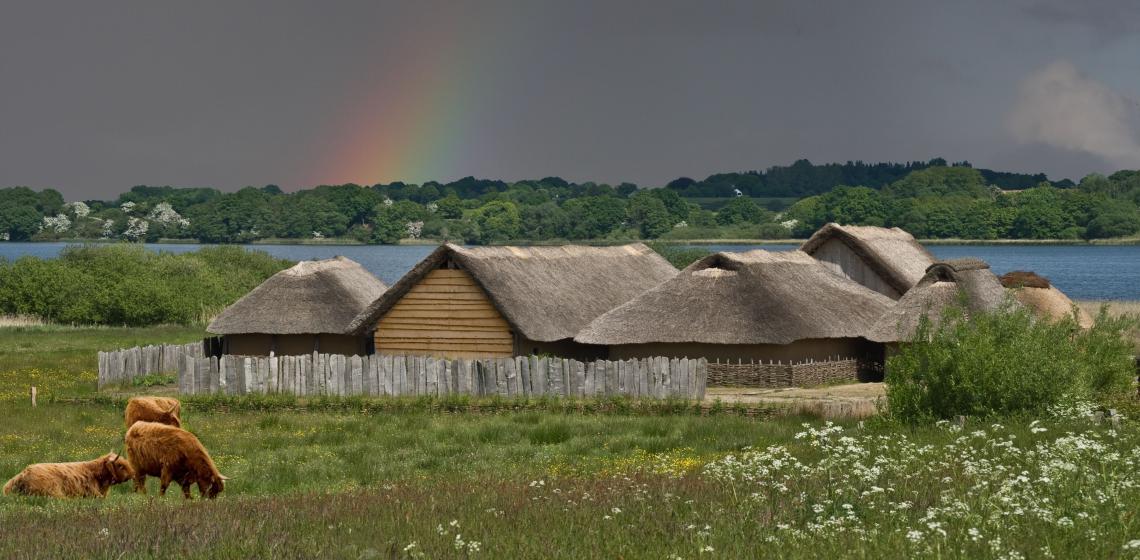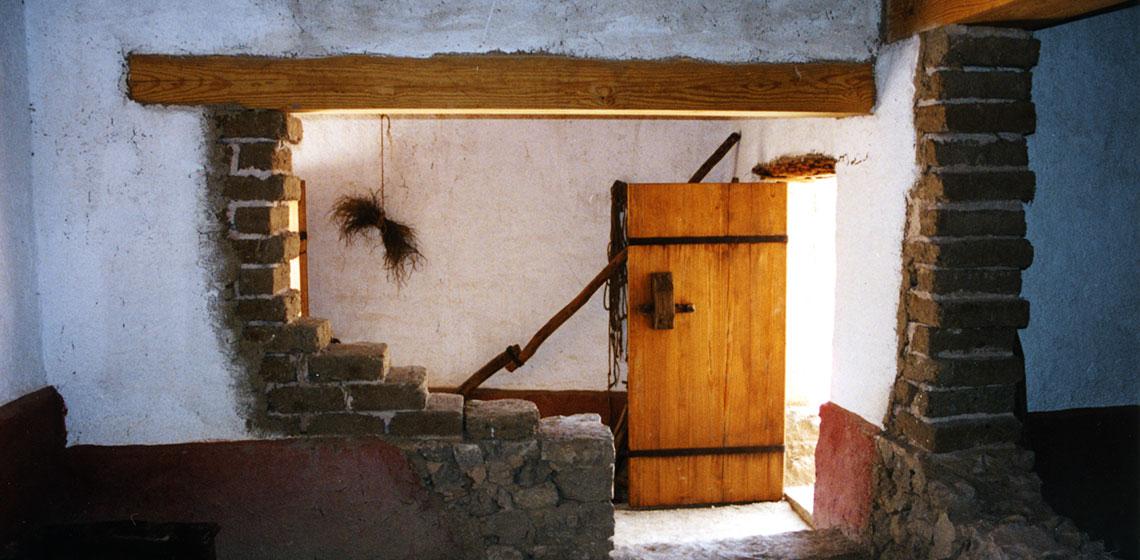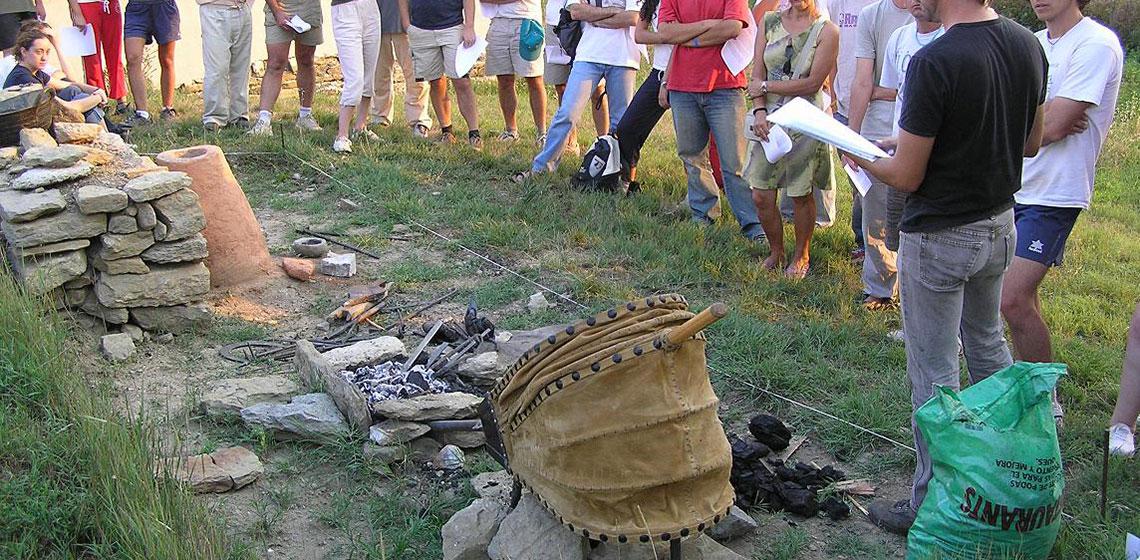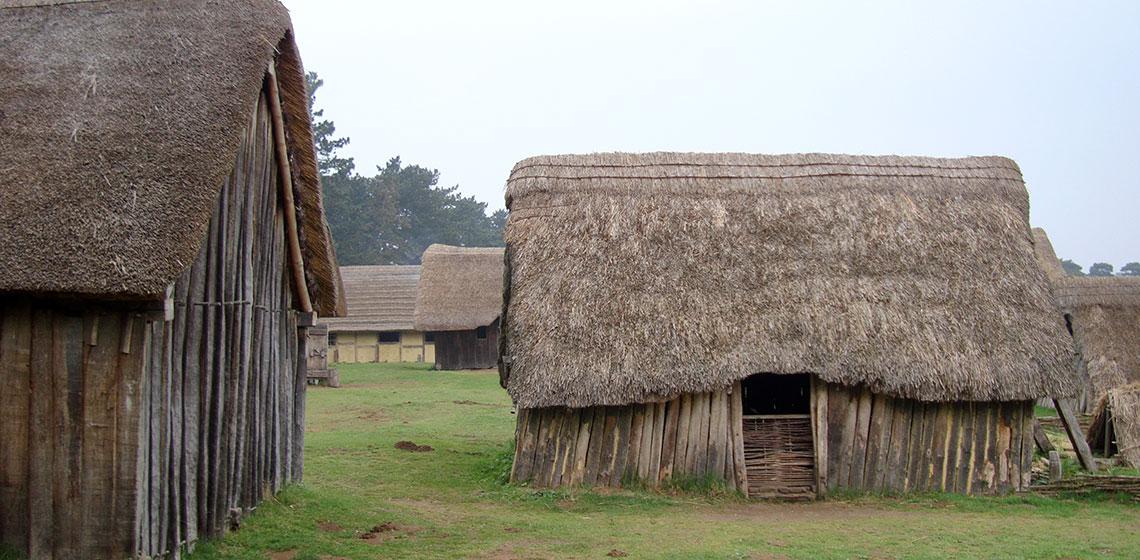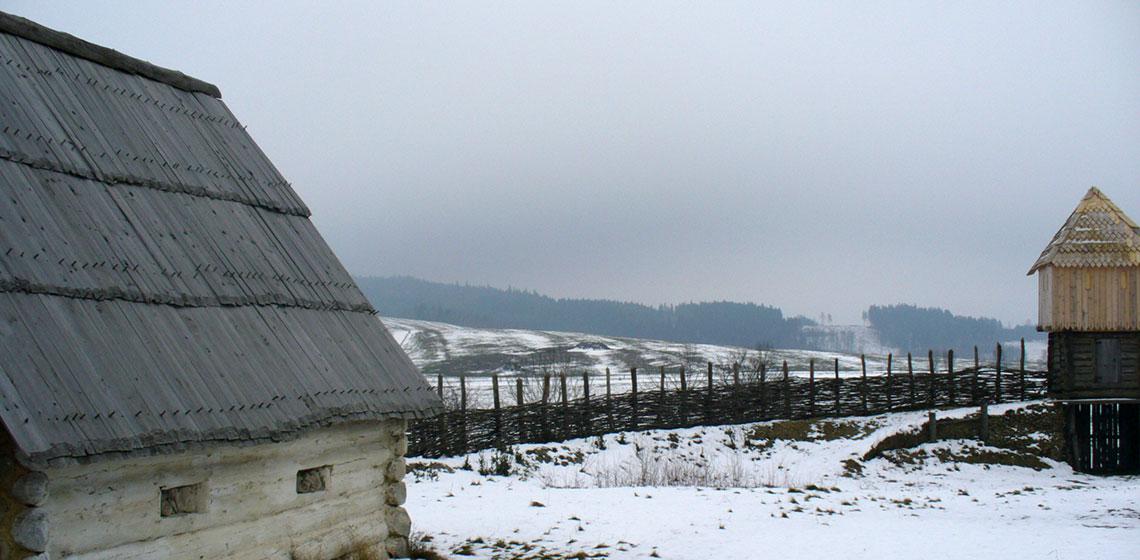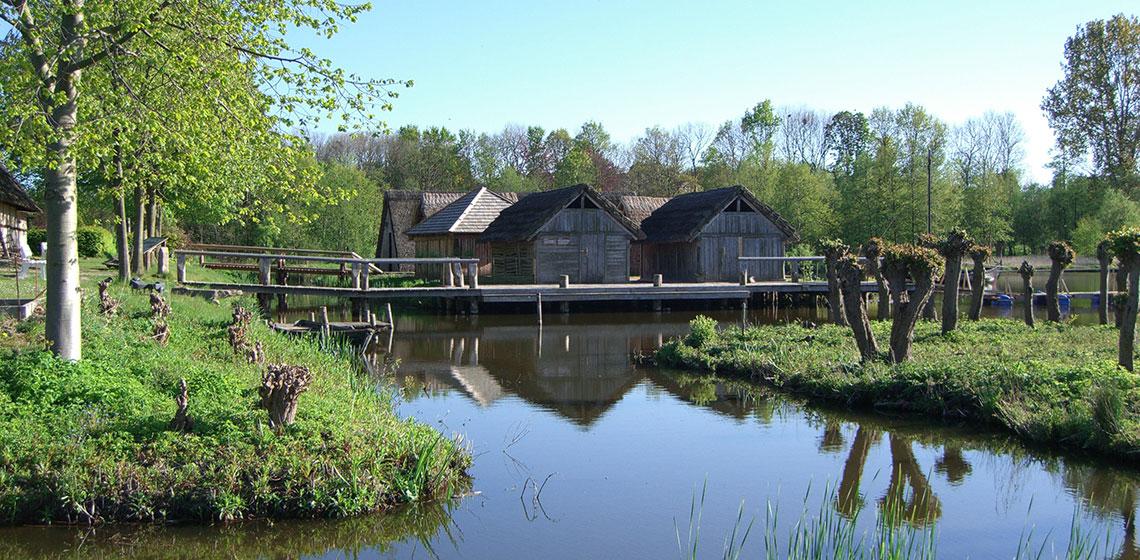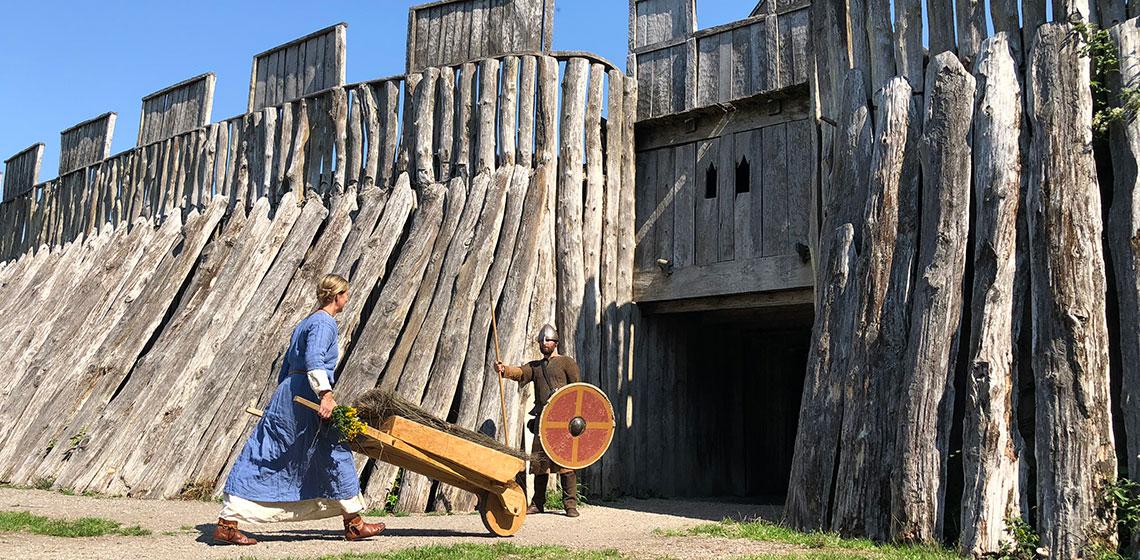Wikinger Museum Haithabu (DE)
The (re)construction of the Viking houses at Haithabu is based on the results of over 100 years of research at this site. The conservation of organic material allows detailed conclusions about the looks of the houses back then.
The (re)construction of the Viking houses at Haithabu is based on the results of over 100 years of research at this site. The conservation of organic material allows detailed conclusions about the looks of the houses back then...

